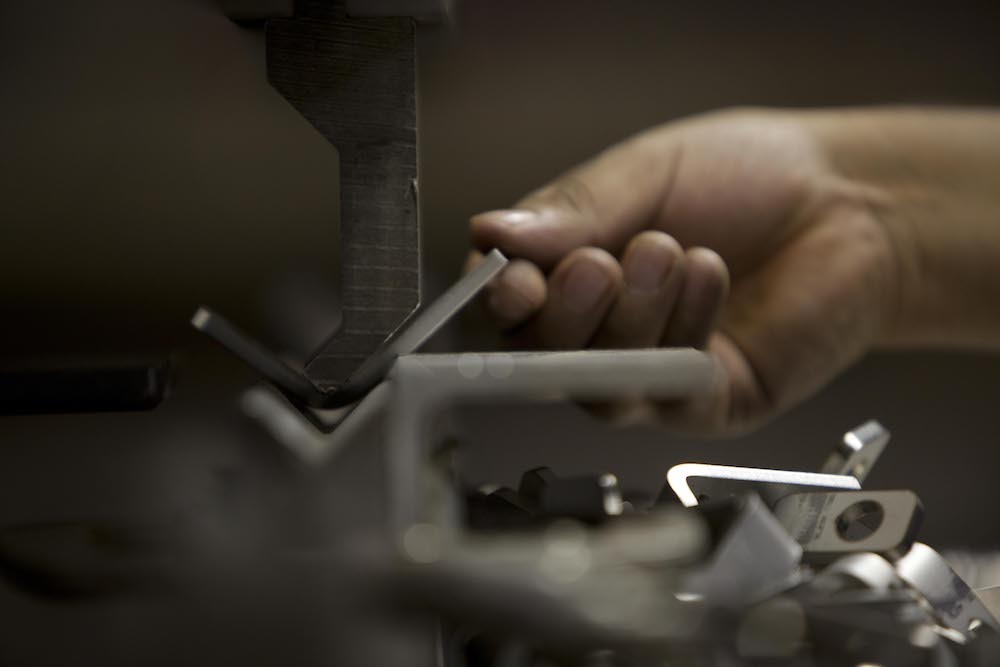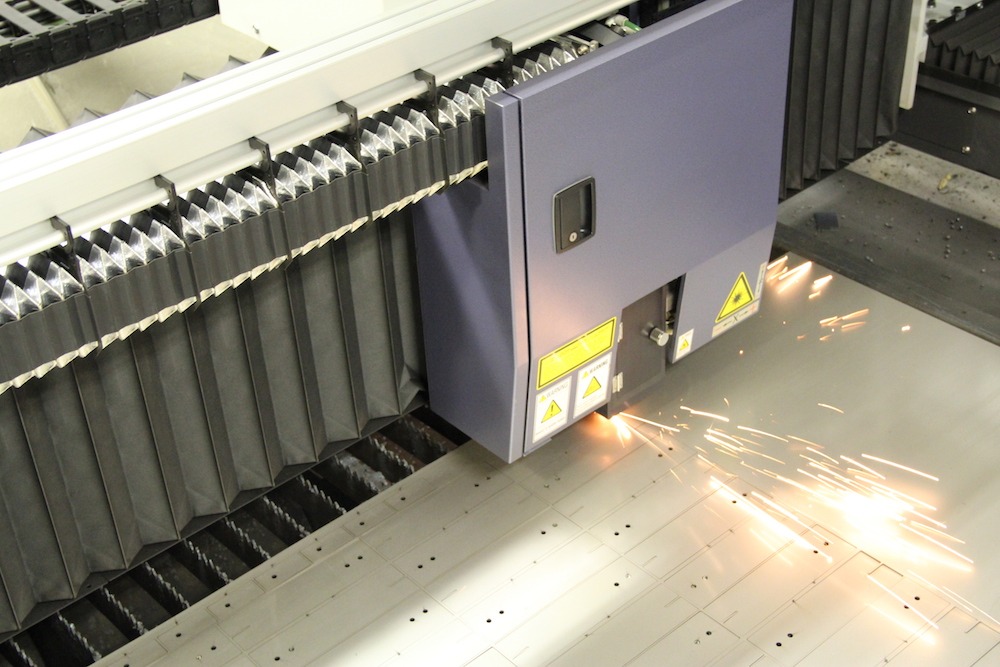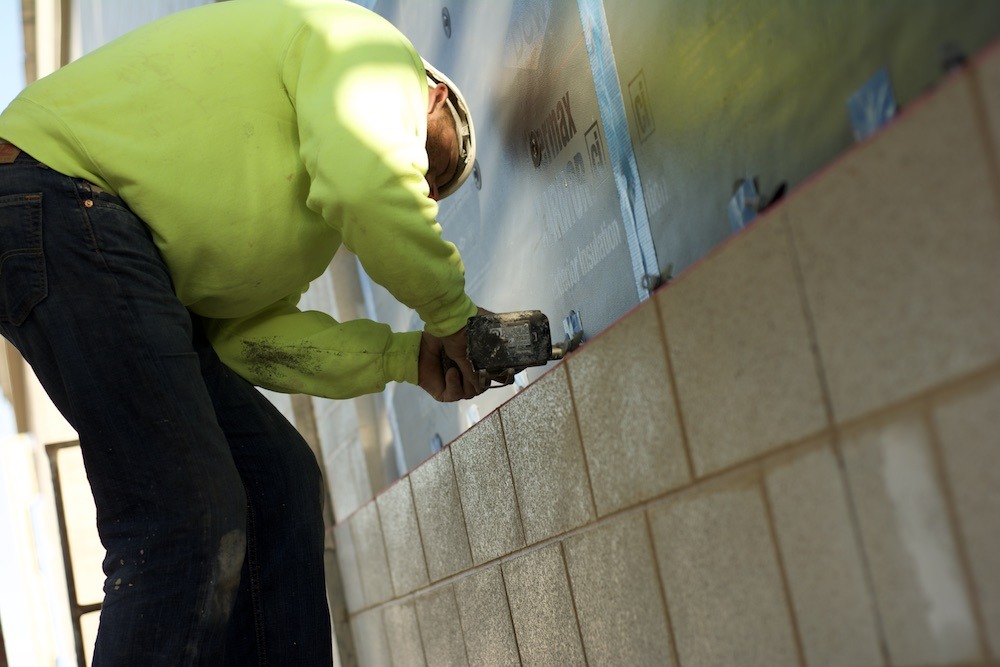While masonry anchors and ties have remained stable throughout the years, innovations within the systems and how they are manufactured are producing better-performing structures, say two experts in this field.
Heckmann Building Products Inc.
The majority of the anchoring systems manufactured by Heckmann Building Products Inc. in Melrose Park, IL, are used to transfer lateral loads from a masonry or stone veneer wall to the backup wall These anchors are typically specified in the construction documents, says Paul Curtis Technical Sales/Product Development – Heckmann Building Products – Division of Mechanical Plastics Corp. Heckmann has been manufacturing masonry anchors since Curtis’ grandfather started the business in 1923.
The individual anchoring systems are relatively simple metal steel fabrications, which typically will be at a set length from the backup wall to the veneer wall. “In order to strengthen the anchor it can be made wider or thicker — the technology comes in the design and engineering of the anchor,” Curtis points out. “We have a Pos-I-Tie® ThermalClip® that uses a composite resin and fully passed the NFPA 285 fire test. The composite won’t break down with alkaline or freeze thaw cycles.”

Almost all of Heckmann’s anchoring systems are manufactured from steel, which is 100 percent recyclable, and the steel the company purchases usually contains some recycled steel. The methods that mason contractors use to install anchoring systems on a jobsite depends on the system, and there are also regional differences across the country as to whether or not mason contractors are the ones actually installing the systems.
“Heckmann Building Products has a two-piece adjustable anchoring system called the Pos-I-Tie® which was the original barrel screw masonry anchor,” he says. “The barrel screw is installed through the insulation/gypsum board on the interior wall. In some parts of the country the insulation installers will install them and in other parts the mason contractor is responsible for their installation. The mason contractors will install the anchors that go directly into the veneer.”
Heckmann’s has designed innovations within its anchoring systems to enhance a wall’s structural integrity, thermal efficiency and moisture/air protection, Curtis notes, adding that it’s the first company in the industry to introduce a product that reduces thermal conductivity from exterior wall to the backup wall.
The anchoring systems are a part of the building envelope, which is designed to keep air and moisture from traveling between the inside and outside of the building. “The anchoring systems transfer the loads through the building envelope, so it is critical that the anchor attachments and the building envelope are designed together so the loads transfer and not the air and water,” Curtis explains. “Every anchor has to go through the building envelope, so it is critical that those attachment points are protected.”
When choosing anchoring systems, contractors and specifiers need to pay attention to the codes. Steel stud and concrete backup walls require two-piece adjustable anchors, while wood and CMU walls can use one-piece anchors as long as there isn’t a lot of deflection.
“The flimsy bendable corrugated wall ties that have been around for 70-plus years are only allowed with wood frame backup walls with a maximum airspace of 1 inch,” he says. “The corrugated ties are the cheapest wall ties out there and I see them used in all the wrong places.”
Specifiers need to know what anchoring systems are allowed for their project and specify accordingly. They should also consider specifying anchors that are a part of a tested system such as the CavityComplete® Wall System. This system is a combination of 5 manufacturers who have come together to design and fully test the wall for compatibility, air, water and fire. Owens Corning has the insulation, Prosoco the waterproofing, Mortar Net Solutions provides the moisture drainage, Rodenhouse Inc has the insulation fasteners and anchor washers and Heckmann’s provides the masonry anchors.
“This eliminates a lot of the liability because the parts are tested together and make specifying the right products much easier,” Curtis contends. “Contractors need to use the anchoring system that is specified. Don’t just grab what you have left over from your last job. Not all anchors are alike!”
Krando Metal Products, Inc.
 What differentiates the anchoring systems manufactured by Krando Metal Products Inc. is the technology used in the machines to make the products, says Tony DiAngelus, Sr., President and Chief Executive Officer of the Broomall, PA-based company.
What differentiates the anchoring systems manufactured by Krando Metal Products Inc. is the technology used in the machines to make the products, says Tony DiAngelus, Sr., President and Chief Executive Officer of the Broomall, PA-based company.
“Our anchors are cut on one of our laser-cutting machines, which allows us to produce much higher quantities at a much faster pace,” DiAngelus explains. “Because of this, we are able to offer much more competitive prices while offering lead times that can’t be beat. Machines such as laser and plasma have really helped the manufacturing end of things quite well!”

The anchoring systems that Krando supplies are for what is specified for the job by the architect.
“Sometimes we may get some customers that ask us thoughts on what to use, such as type or thickness, but we are not an engineering company so all anchors must comply with what the architects and the engineer call out for,” DiAngelus notes. “Typically most contractors will fasten our anchors to some type of backup wall and use some type of fastener to attached to the wall.”
The manufacturer has a few proprietary secrets to enhance its systems: “We here at Krando Metal do have a few tricks up our sleeves that we like to throw out every once and a while.” DiAngelus’ advice for contractors and specifiers when choosing anchoring systems: “If you know what exactly you need, then it’s pretty simple.”
“Most contractors have done this for quite some time so they have been around the block a time or two — they know what they want and how they want it so it’s pretty cut and dry,” he says. “For those that may have a few questions regarding types and thickness, give us a call and we can talk you through it, let you know what our thoughts are and then we can get you situated with the correct type of anchor that is required.”
